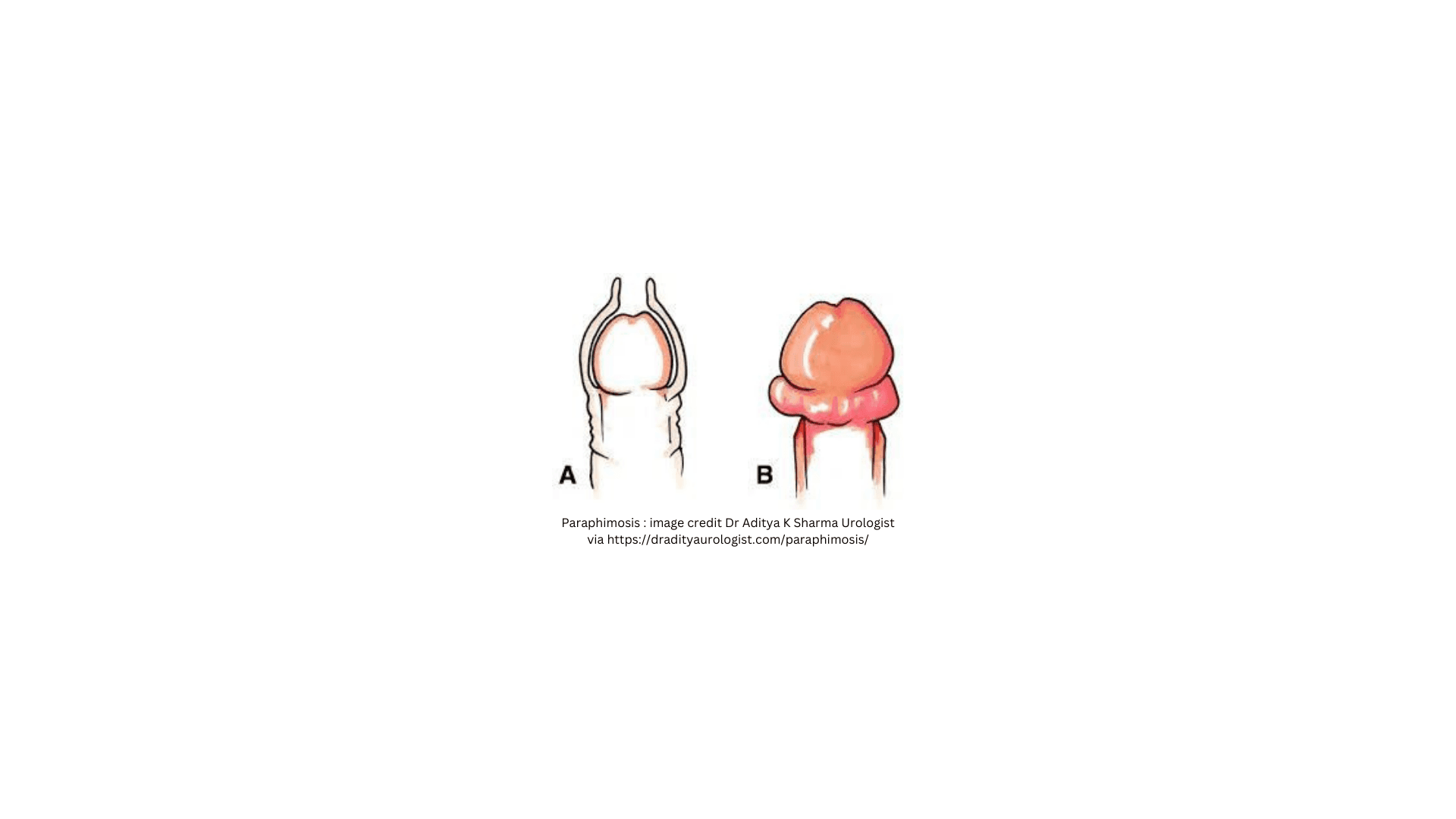Download A4Medicine Mobile App
Empower Your RCGP AKT Journey: Master the MCQs with Us!

Phimosis is a medical condition characterized by the inability to retract the foreskin (prepuce) over the glans (head) of the penis. This condition can be classified into two types: physiological and pathological. Physiological phimosis is a normal developmental stage in young boys, where the foreskin remains non-retractile due to natural adhesions between the inner foreskin and the glans.
This is a common and expected condition in neonates and young children. Epidemiologically, up to 10% of boys at the age of 3 years exhibit a completely non-retractile foreskin, with a significant number showing partial retractability. Persistent adhesions leading to non-retractability are seen in nearly 75% of boys aged 5 years. The condition generally resolves over time as the foreskin gradually becomes retractile, aided by natural processes such as intermittent erections and the keratinization of the inner foreskin.
Pathological phimosis, on the other hand, results from scarring and cicatrization of the foreskin, which can lead to a permanent inability to retract the foreskin over the glans. This condition may arise due to various reasons, including infections, poor hygiene, inflammatory skin conditions like balanitis xerotica obliterans (BXO), or chronic mechanical irritation. Unlike physiological phimosis, which is a benign and self-limiting condition, pathological phimosis...
Try our Free Plan to get the full article.